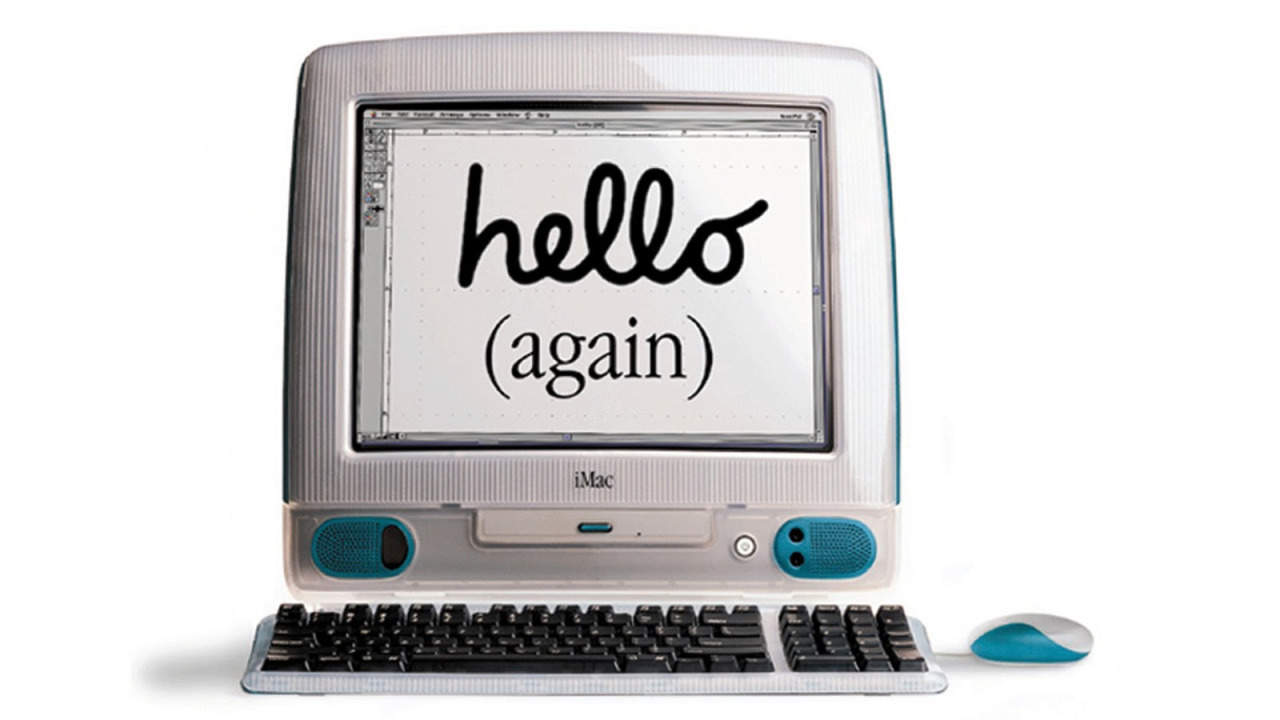Over the past two decades, the iMac repeatedly set a high bar when it came to desktop design. But which iMac design reigns as the greatest of all time? And which, conversely, proves the least inspiring?
Cult of Mac gives you the authoritative (and totally subjective) ranking of the best iMac designs.
Best iMac design
First, a couple of caveats. To quote The Big Lebowski‘s stoner sage, The Dude, this is just, like, my opinion, man. It goes without saying (well, I guess I’m saying it so it doesn’t really) that this is all subjective. Not everyone will agree on what makes a good or bad design, so you might totally disagree with my views here. If so, leave a comment at the bottom of the page telling me why I’m wrong.
This list also tries to do something that’s not entirely possible: to separate the physical design of the iMac from its technical specifications. This isn’t a list about which iMac you should buy to get your work done. (That would almost certainly be the newest one you can afford.)
Instead, this is an attempt to rank the design of each iMac and give reasons as to why each one gets the placement it does. Choosing my favorite was easy. Choosing my least-favorite was much tougher. But it’s a job someone’s gotta do …
That said, here are the best iMac designs, starting with the most familiar (and least momentous).
7. Slimline Unibody iMac
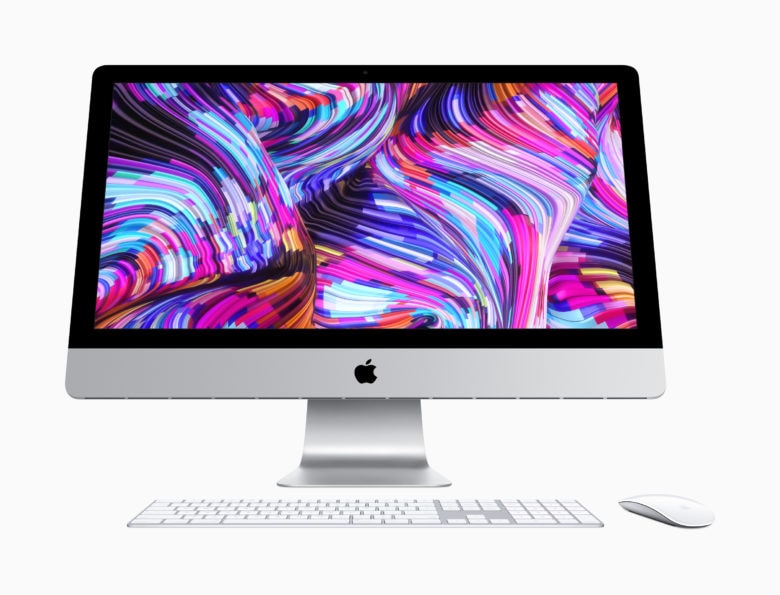
Photo: Apple
The slimline unibody Mac debuted in 2012 and is still going strong eight years later. It’s the longest-lasting Mac design in Apple history by a pretty wide margin. It still looks pretty sleek even by modern standards, although it’s starting to show its age next to the infinite pool displays of newer iPhones and iPads.
Why does today’s iMac come in last on this list? It’s certainly not because it’s a bad design. It’s just that the other designs on this list are better.
The modern iMac falls prey to some of the less desirable flourishes of late-era Jony Ive. The endless unibody aluminum, unbroken by other materials. The obsession with thinness, even when this opens up other weaknesses like the unsightly bulge on its backside.
Does part of this come down simply to overfamiliarity with this nearly decade-old design? That’s certainly possible. I’ve written before that I’d love to see Apple give this iMac a design overhaul. But, despite being the iMac design Cupertino stuck with the longest, it feels less inspired than many of the company’s past creations.
6. iMac Pro
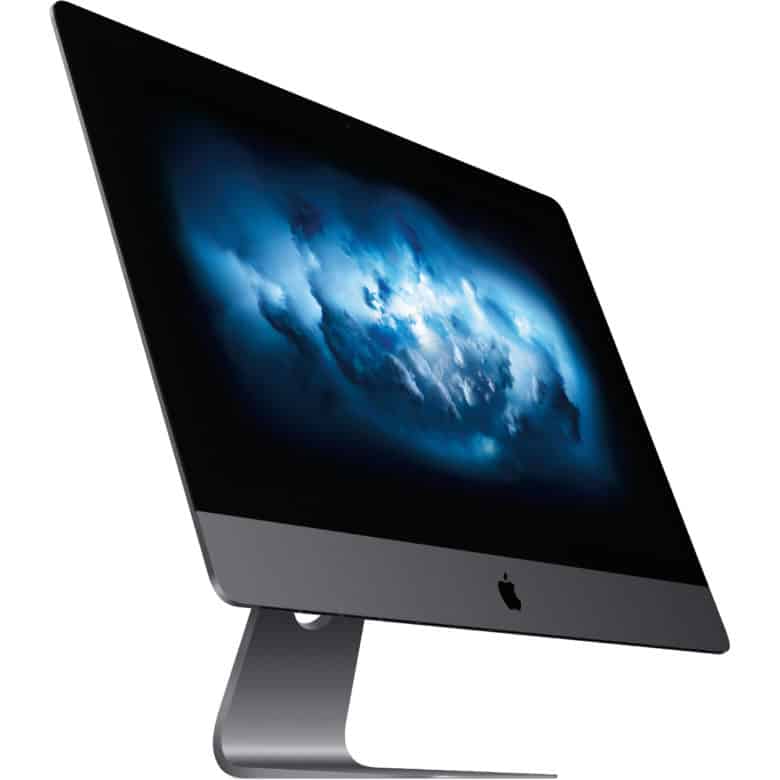
Photo: Apple
I didn’t want to rank the iMac Pro so low on this list. But, logically, how could I not? External design-wise, the most notable difference between the iMac Pro and current slimline iMac is the darker, Space Gray color scheme. It’s a nice addition that goes along with Apple’s design philosophy since the iMac G5 of making the iMac mirror one of Apple’s most popular products — in this case, the ultra-popular Space Gray color Apple debuted with the iPhone 5s in 2013. But it’s still fundamentally the same design.
Over the years, Apple changed the precise shade of Space Gray a few times. It must be said that this darker color goes very nicely with the austere minimalism of the modern iMac design. Not enough to climb it further up this list, though.
5. Unibody iMac
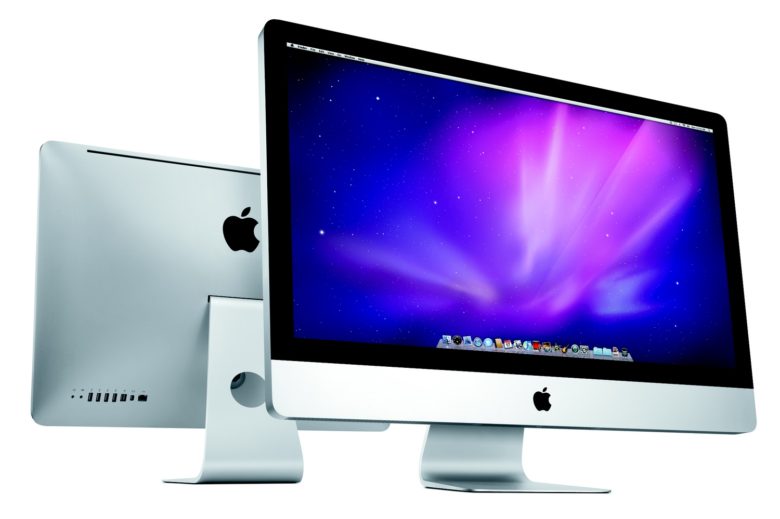
Photo: Apple
The iMac started to reach former Apple design chief Jony Ive’s vision of Platonic idealism with the unibody iMac in late 2009. The biggest physical changes were the larger screen sizes of 21.5 inches and 27 inches (versus the previous model’s 20-inch display). It also brought a widescreen 16:9 aspect ratio, and a unibody case milled from a single block of aluminum. No more plastic backs for iMacs.
The LED-backlit screen, which extended further toward the edge of the computer, was a welcome change. This unibody iMac was virtually identical to today’s slimline iMac, except slightly thicker and with a flat, squared-off back. In my opinion, the unibody aluminum construction gave Apple designers too much of a good thing by letting them create computers that looked wholly carved out of aluminum. The results are certainly minimalist — but they’re also not a whole lot of fun.
4. iMac G3
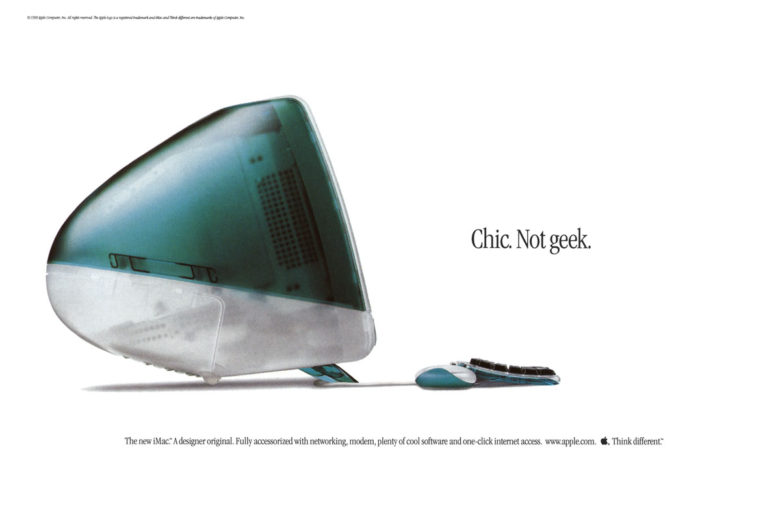
Photo: Apple
I can already see the indignant comments here. 1998’s iMac G3 is one of the most iconic designs in Apple history. This is, after all, famously the computer that signaled to the world that Apple was going to compete again. I didn’t own one at the time — but I desperately wanted to. The iMac G3 was a zeitgeist-capturing computer that made the ugly, beige box PCs everyone owned at the time look about 100 years old overnight.
The iMac G3 partly suffers because, unlike every other computer featured here, it was designed around a bulky CRT monitor. To his credit, Ive highlighted this in his groundbreaking design. He embraced a blobby, colorful, translucent aesthetic that made the iMac G3 look like some alien bubble from another world.
It definitely rates as one of the more self-consciously “fun” designs ever conjured in Cupertino. You could argue that it was Apple’s answer to the VW Bug at a time when pop culture in general was paying endless tributes to the 1960s.
But its lack of seriousness (let’s not forget those later patterned variations such as Flower Power and Blue Dalmatian) made it look more like an entry-level toy than a serious computer — which was probably fair enough in terms of what Apple wanted to do at the time.
3. 1st gen aluminum iMac
Introduced in 2007, Apple’s second-gen Intel iMac swapped a polycarbonate face for sleek aluminum. (The back remained plastic, though.) The switch aluminum was the last big materials change during Ive’s tenure at Apple — and, clearly, it was one he was very happy to stick with.
Steve Jobs thought a metal surface looked more professional than the white plastic of the iMac G5. Given that Apple was moving away from white plastic with the iPod, this change probably made sense.
But, as spectacular as the smooth metal surface is, I never liked it as much as the plastic of earlier models. This is the point where Apple design got austere. Aluminum iMacs look like high-end appliances, rather than invitingly friendly computers. It was still a stunner, though.
2. iMac G5
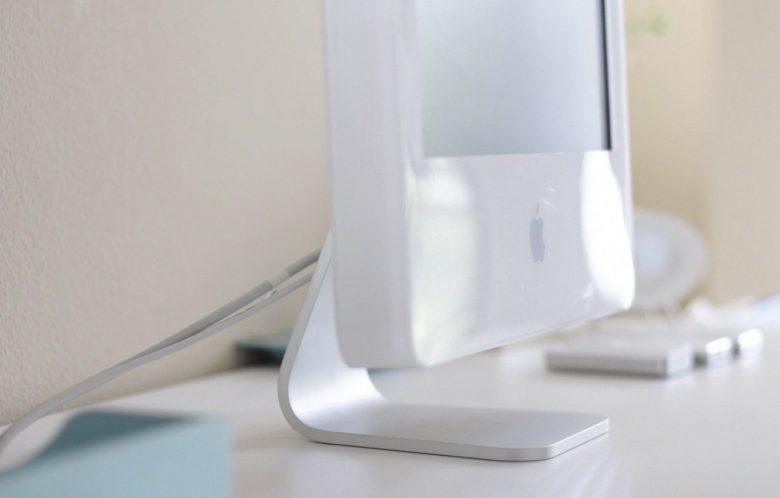
Photo: Matthew Pearce/Flickr CC
The iMac G5, which debuted in 2004 and lasted through 2006, marked the first time Apple made an all-in-one computer by squeezing everything into the display.
It looked like a giant iPod, complete with white plastic casing. This did not come as a massive shock. Although the iPod was only a few years old, it had taken over Apple’s business the way the iPhone would a few years later. Making the iMac look like a large iPod lured in customers who listened to music on their iPods every day, but had never used a Mac before.
The display looks somewhat thick next to today’s ultra-thin iMacs. However, it was hardly bulky — and didn’t take up much more tabletop real estate than any Mac Apple has created since. There was admittedly a problem with overheating due to the G5 chip, but I never found this to be much of a problem in my own personal experience.
The G5 also gets points for being the last iMac that was easily upgradeable by the average user. Simply remove three screws on its underside, and you could lift off the entire backside of the machine. Remember when that was a thing?
1. iMac G4
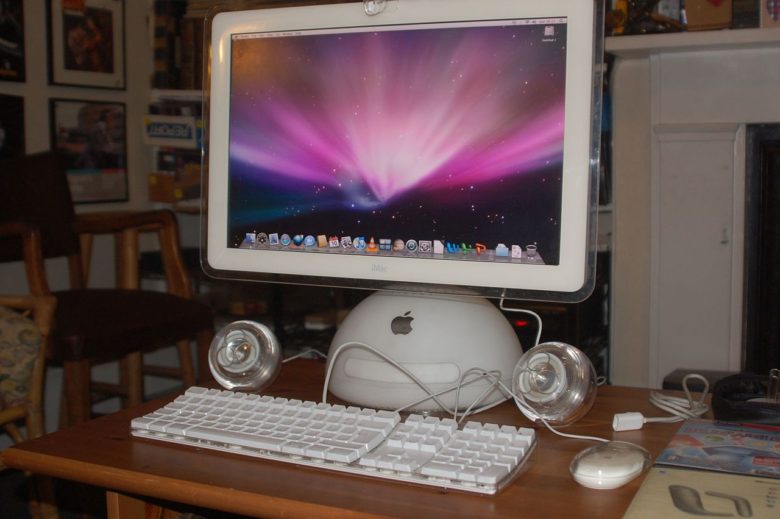
Photo: Wikipedia CC
The iMac G4, which debuted in 2002 and hung around until 2004, is my favorite iMac design of all time. For my money, this design is pitched perfectly between the goofy charm of the iMac G3 and the more serious sleek minimalism of later iMacs. The design echoed the cutesy Luxo lamp that served as Pixar’s mascot.
It also reflected Apple’s nature-inspired hippie roots by looking a bit like a sunflower. (According to Walter Isaacson’s Steve Jobs biography, the idea of a computer with a movable head that could be angled like a sunflower reaching the sun was formulated while Ive was in Jobs’ garden.)
The presence of an LCD monitor on a cantilevered, fully poseable metal arm looked like no other computer at the time. Apple hid all of the technical components in the domed base — a brilliant way of disguising the fact that the company could not yet pull off a fully all-in-one design as it did with later iMacs.
The iMac G4’s smaller screen size (the biggest it offered measured just 17 inches) looks paltry next to today’s desktop computers. But, that aside, the iMac G4 design still stands up very nicely. Heck, with the slightest of tweaks, it could look positively futuristic.
What’s next for iMac design?
Here in 2020, there are all kinds of rumors about a new iMac that will bring the redesign many of us have been clamoring for years. What are you hoping for from the next iMac refresh? Which was your favorite iMac design? And, even tougher to answer, which was your least favorite? Let us know your thoughts in the comments below.
